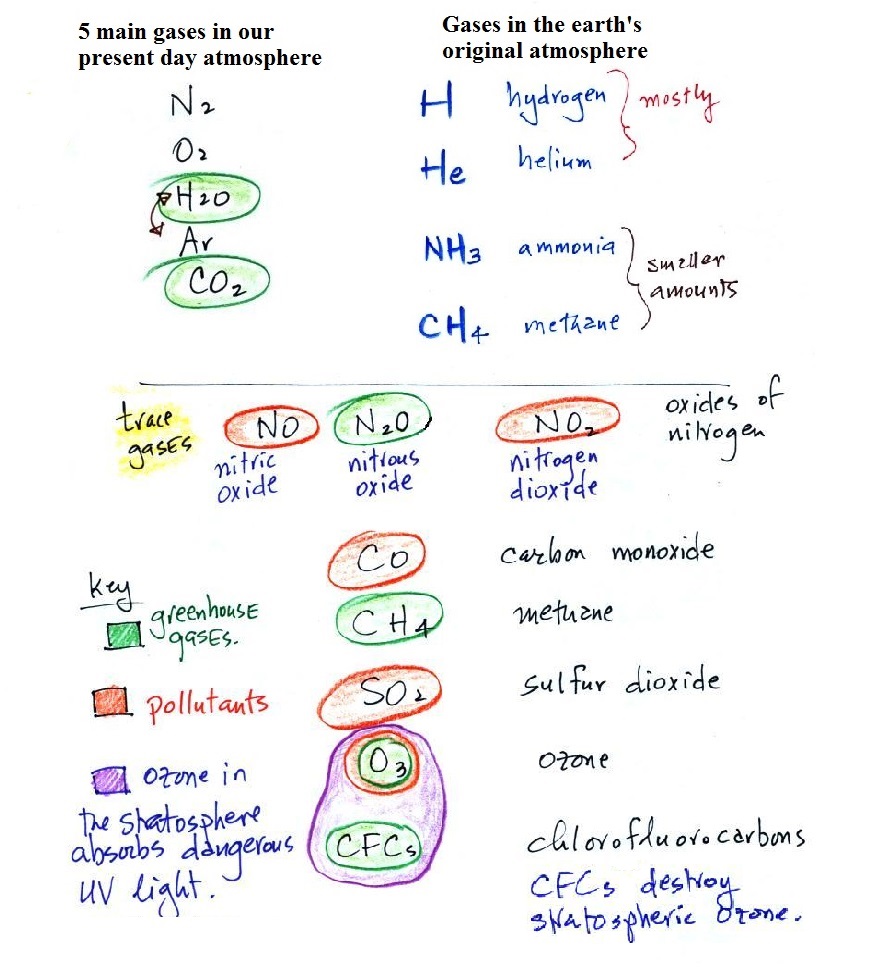


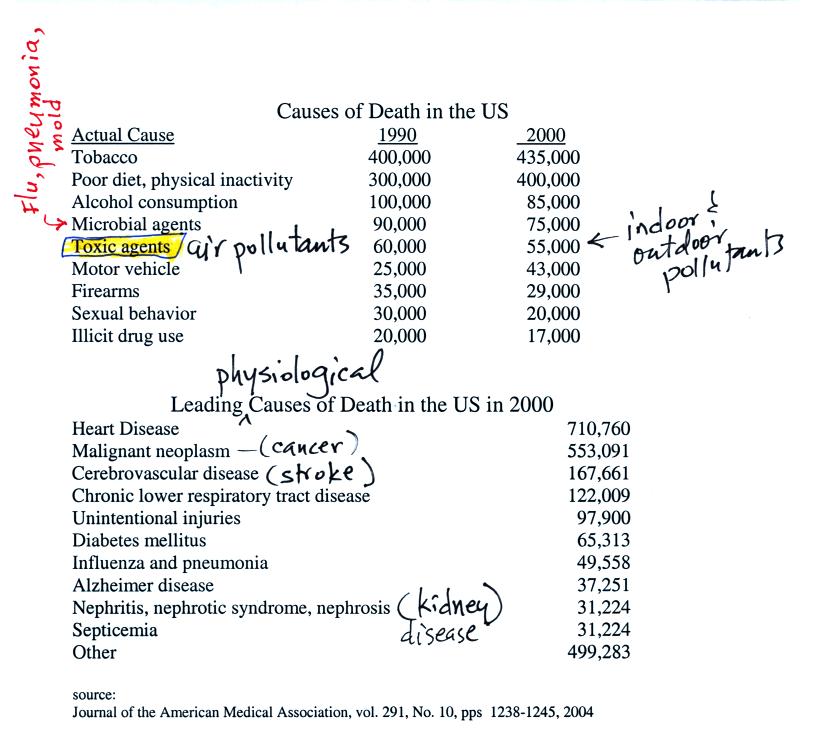

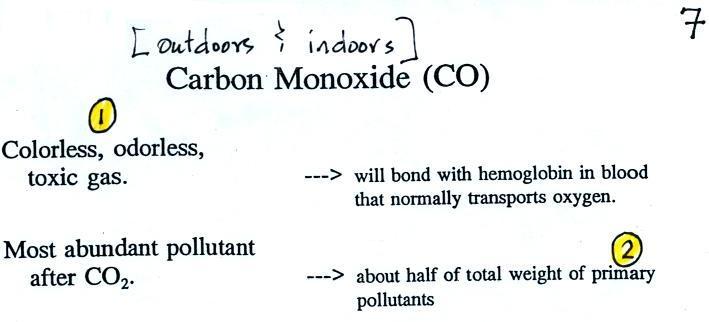
 |
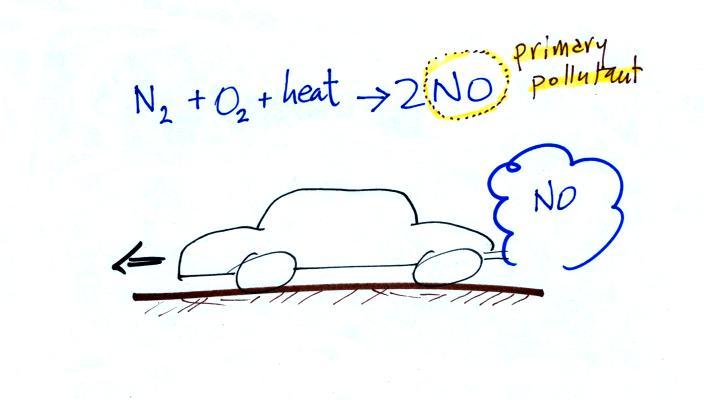 |
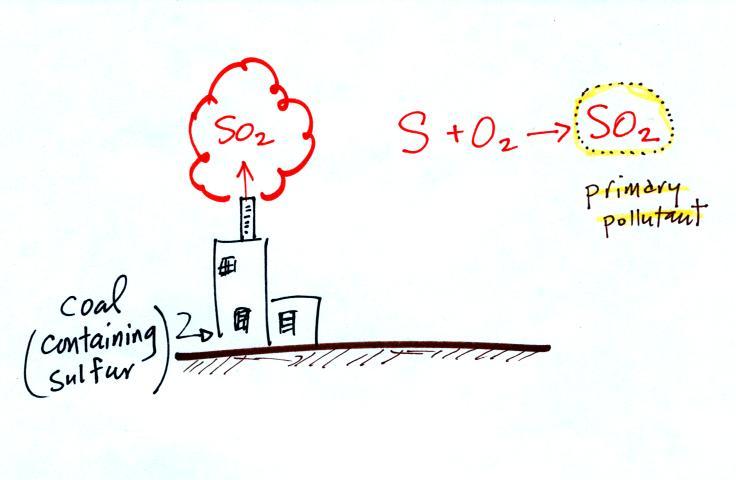 |
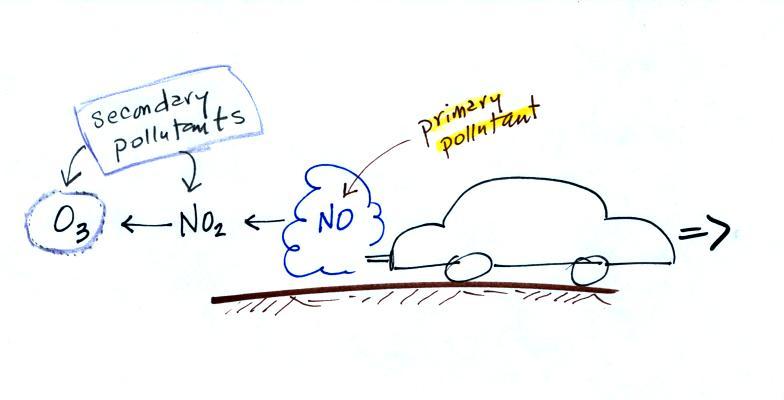 |

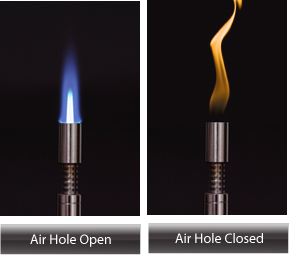
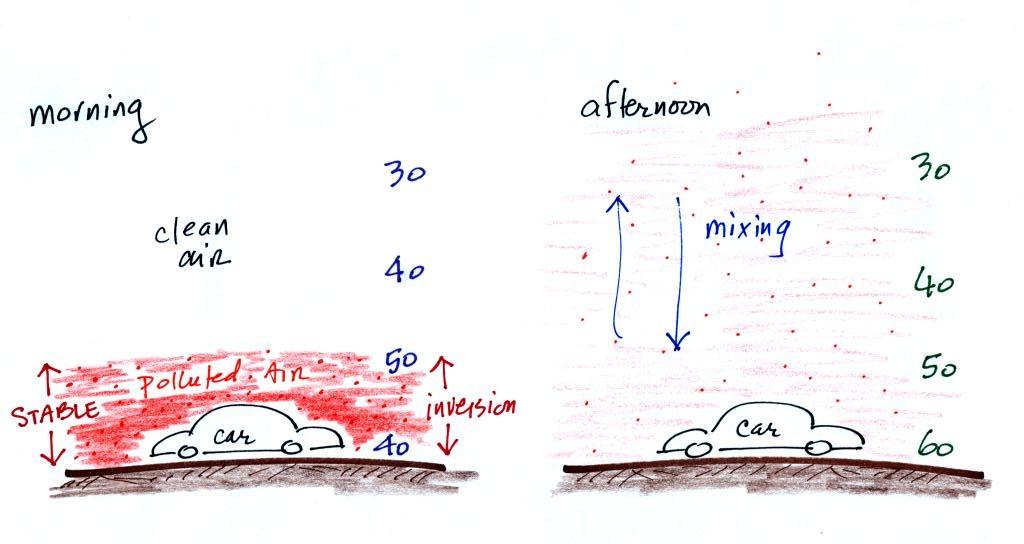
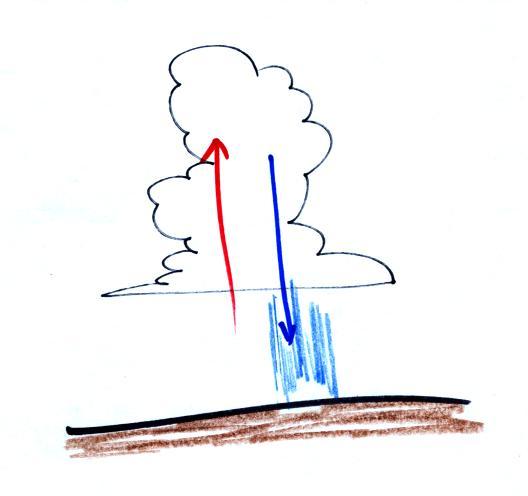
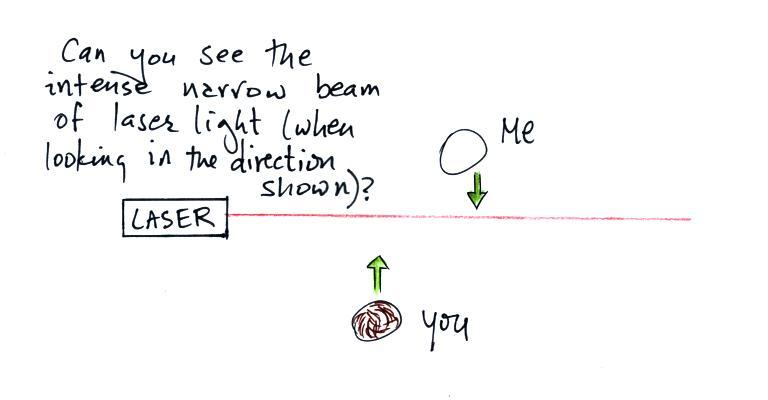

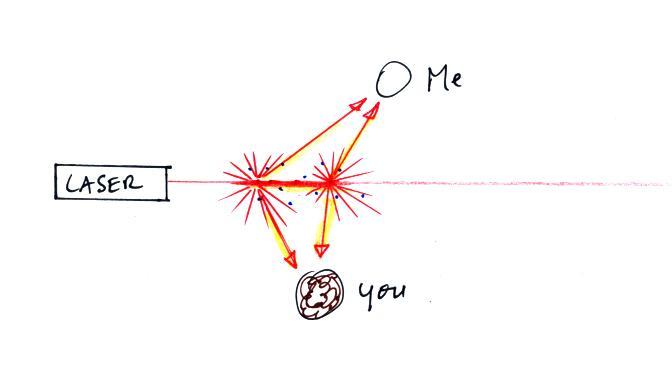
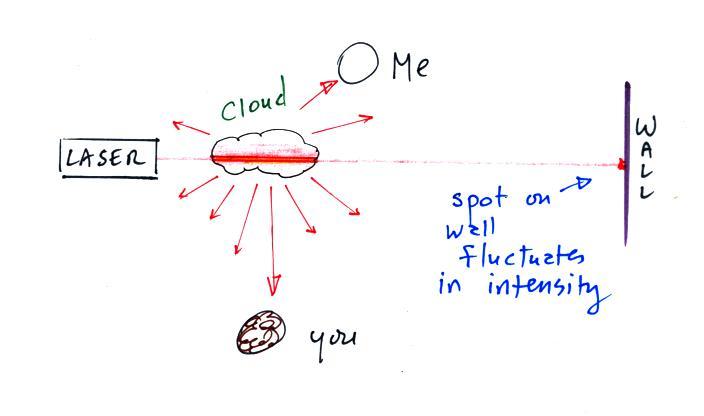
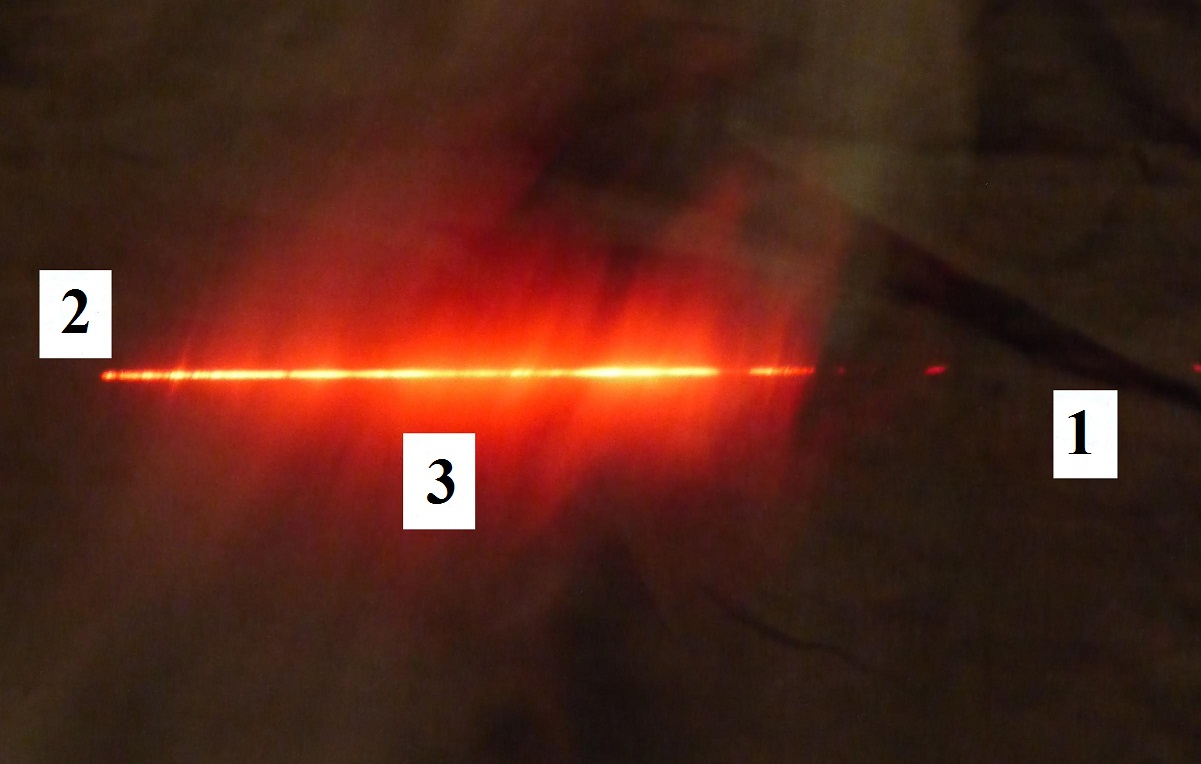
 |
 |
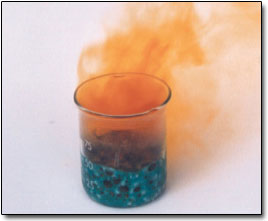 |
|
| Bromine in both
liquid and gaseous phases. Bromine and mercury are the
only two elements that exist as liquids at room
temperature. The bromine is in a sealed glass
ampoule inside an acrylic cube. Bromine could be
safely brought to class in a container like this. Webelements.com states: " It is a serious health hazard, and maximum safety precautions should be taken when handling it." I'm not sure what maximum safety precautions are, that's why I don't bring it to class. This photo was taken by Alchemist-hp and was Picture of the Day on the English Wikipedia on Oct. 29, 2010. |
Chlorine (Cl2) I found this image here |
Iodine Also an element that is normally found in solid form. The solid sublimes, i.e. it changes directly from solid to gas (you would probably need to heat the solid iodine to produce gas as dense as seen in the picture above). source of this image I think we can probably handle iodine safely and might well bring some to class. |
Nitrogen dioxide (NO2) An important pollutant. I used to make this in class but I've read that you can inhale a fatal dose of NO2 before showing any symptoms. NO2 also has an anesthetic effect - it can deadens your sense of smell. source of this image |